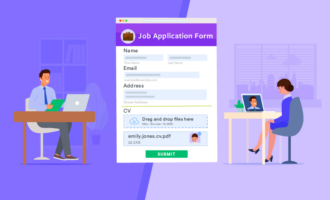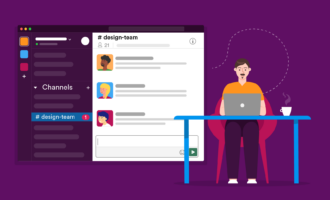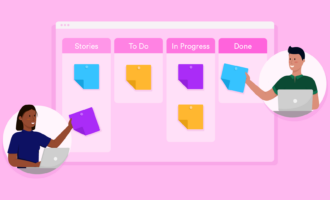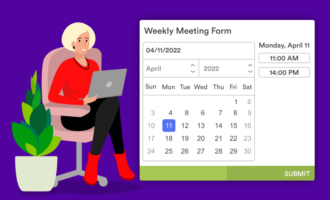Freelancers can be a valuable asset to small businesses. They often offer specialized skills and give you the ability to increase your productivity at minimal expense. But for a freelancer to be effective and valuable to your business, you have to hire the right person.
The following steps can help you navigate the hiring process and ensure that you choose the right freelancer for your needs.
Define your project
Before you start your search for freelance talent, you’ll need to take time to think through the project’s details. Consider the following factors to help you better define your project:
- What type of work do you need the freelancer to perform?
- What resources will you make available to the freelancer — like access to your house style guide or sample pieces that demonstrate the quality of work you’re looking for?
- What will the freelancer’s responsibilities be — performing research, providing multiple drafts, completing multiple revisions/edits?
- What is the project’s overall timeline, and what internal deadlines will the freelancer need to meet?
- Are there other people who will be working with the freelancer on the project?
- Who will the freelancer report to?
- What is your project’s budget?
When hiring freelancers, it’s often best to start off with a smaller project that has a definite end date. This can give you and the freelancer a chance to get a sense of what it’s like working with each other. If the job goes well, you can extend an offer for more work at the end of the project.
As you define your project, keep in mind that your state’s definition of a freelancer or independent contractor will affect how you structure your project. To get started, review the IRS guidelines on determining whether someone is an independent contractor or an employee.
According to these guidelines, you can’t control how the freelancer does the job, among other requirements. This means that you can’t require the freelancer to come into your office or work during specific times. That crosses the line into the freelancer being an employee.
These guidelines are a good place to start, but be sure to review your state’s guidelines, too, since they can vary.
Create a description of the opportunity
Once you have a clear understanding of your project’s scope and how the project should progress, you can start creating a description of this opportunity. Similar to a job description, this document will help potential candidates understand the project and determine if they might be a good fit.
In addition to outlining details about the project, it’s helpful to include some background on your business and highlight the specific skills and qualities you’re looking for in a freelancer. Certain education, experience with similar projects, and even knowledge of specific computer programs can improve the chance that a freelancer will be able to successfully complete the project.
Think about the types of work samples you want to see from a candidate. Highlight these requirements in the description and keep them in mind when reviewing potential freelancers.
Connect with talent
You can connect with freelancers in many ways. There are plenty of freelancing platforms where you can post your opportunity description:
- Upwork
- PeoplePerHour
- SimplyHired
- Fiverr
- Skyword
- TaskRabbit
- Freelancer
- Guru
While some of these job boards have their own application forms, it can be helpful to ask freelancers to apply directly on your site — that way, you can keep all applications in one centralized location. Jotform’s freelance application form makes this easy.
Don’t forget the power of networking. Reach out to your professional network and post on social media to see if others have hired freelancers they are willing to recommend. If your connections recommend even a few freelancers, you may find someone who’s well qualified — and you could potentially save yourself the time of posting the opportunity publicly.
Screen potential freelancers
Chances are you’ll receive plenty of applications, which means whittling them down can be a challenge. Refer back to the opportunity description and the experience and skills you want in your ideal candidate, then go through the applications and pull out the ones with those qualifications.
As you identify your top candidates, take time to review their work samples and schedule a remote interview, whether that’s over the phone or via video. Use this interview time to talk about the working relationship and the project deliverables. Ask the freelancer about their relevant previous experience and why the project appeals to them. Don’t forget to ask for references — and check them.
Seal the deal
After you’ve found the best freelancer for the position, have them sign a contract. This contract helps protect both your business and the freelancer. It should define the project scope and the conditions surrounding the work, including ownership of the product and payment terms. Jotform has a detailed freelance contract template that you can use to make your hiring arrangement official. Hiring freelancers can help increase your business’s productivity without the expense of hiring full-time employees. With a team of talented freelancers, you’ll have trusted professionals you can rely on to produce quality work — and you can focus on other elements of your business.













































































































Send Comment: